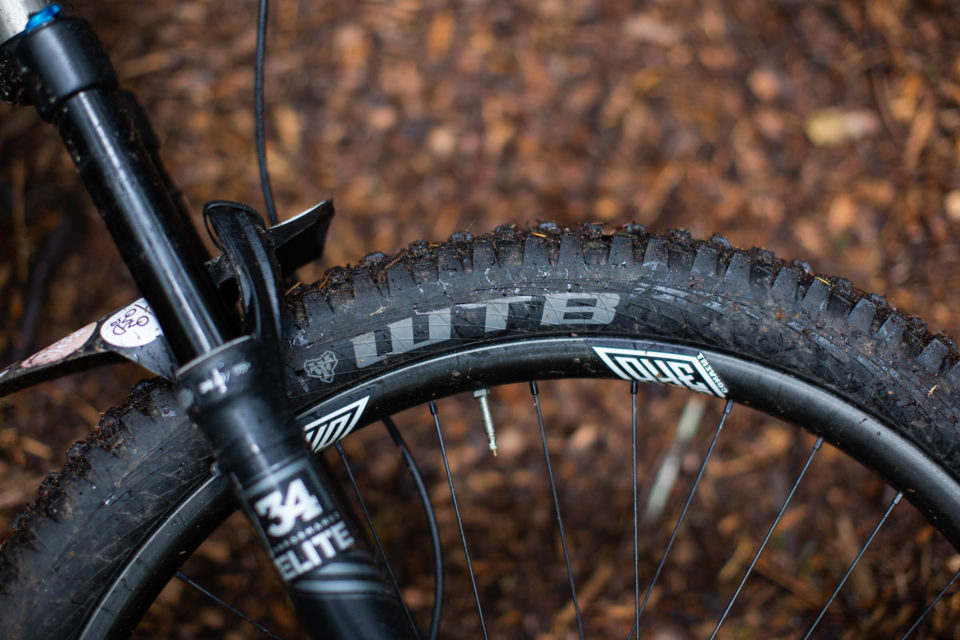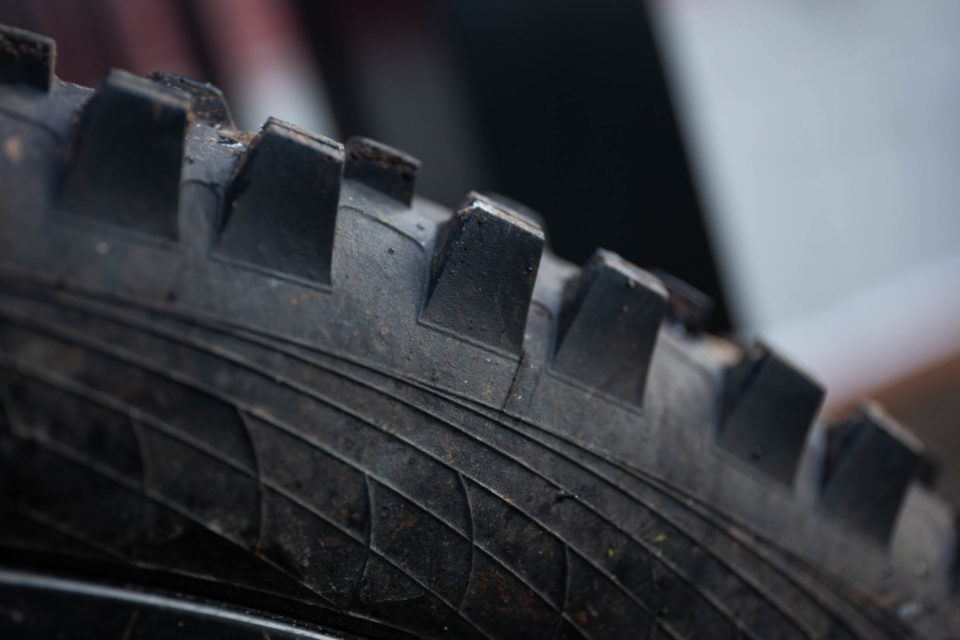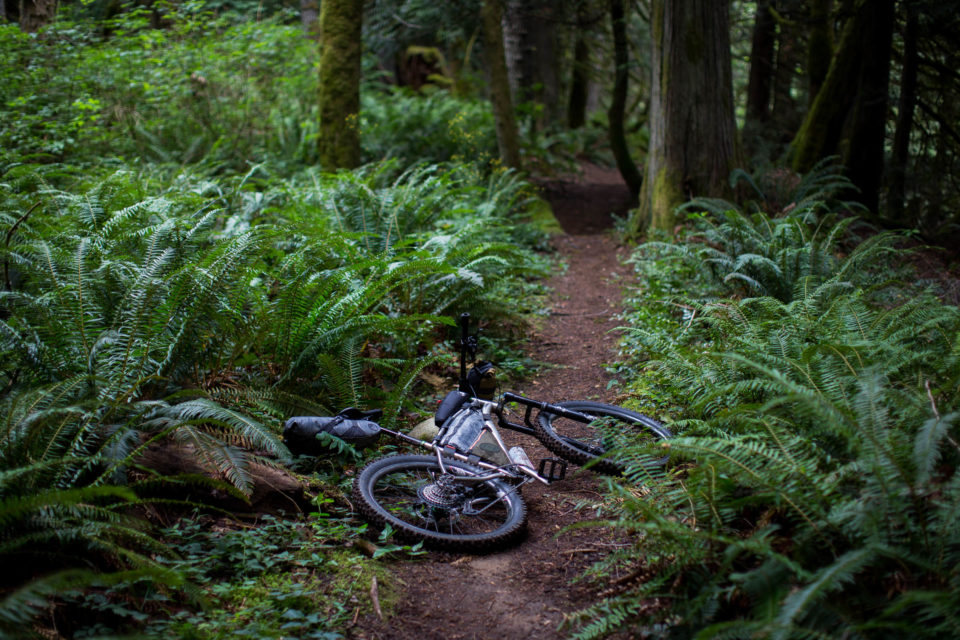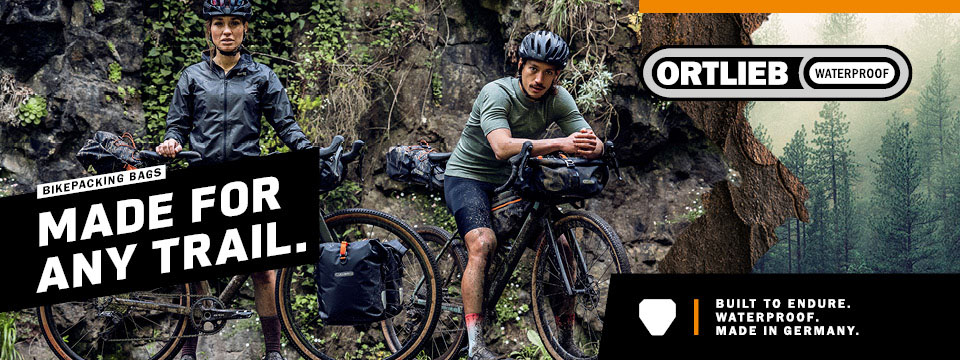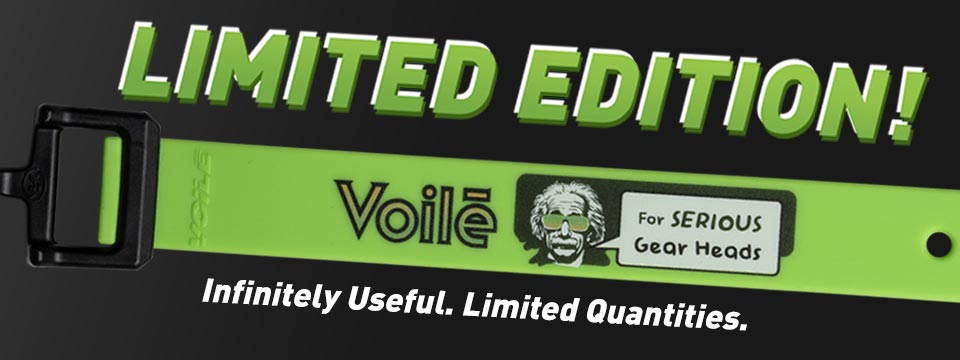WTB Vigilante 27.5 x 2.8″ Tires Review: BC Tested
Winter in the Pacific Northwest calls for some seriously aggressive rubber to navigate the slick roots and deep loam the coast is known for. In the name of increased grip and maximum durability, Miles has been running a pair of WTB Vigilante tires for a few months now. Read his full review here…
PUBLISHED Nov 4, 2020
Some bicycle components can afford to be lightweight. A carbon handlebar or well-built wheelset can be nearly weightless, while still offering impressive durability season after season. Even camping gear like featherweight tents and minimalist sleeping bags can last a while when cared for properly, and proactively. When it comes to bikepacking, lightweight is usually a good word. However, after a less-than-stellar experience running some mountain bike tires with lightweight casings last season, I decided I was pretty much done with shedding grams in rubber. The first reason is that tires are expensive, and I’d rather not have to replace them mid-season. The second is that dealing with flats and punctures, even when set up tubeless, isn’t a favourite pastime of mine. And I honestly don’t know that I’ll ever really notice the weight savings between different rubber compounds, so better safe than sorry.
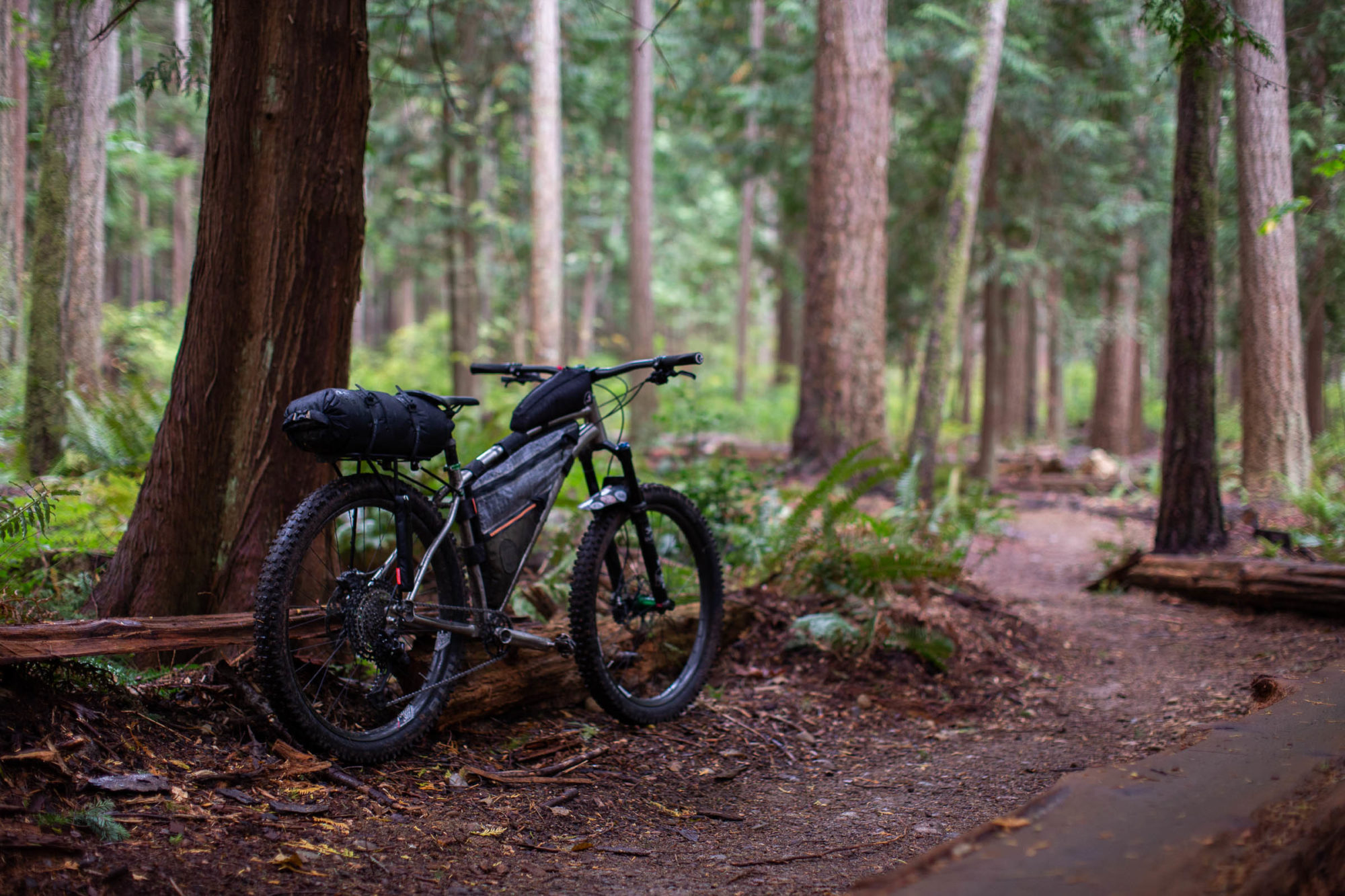
For my stay on British Columbia’s west coast for the majority of the summer and into the winter, I ditched my tubeless-plugger-riddled tires for something big, durable, and grippy. With only positive previous experiences with WTB products, I picked up some Vigilante 27.5 x 2.8s to try out. Although I may have been tempted by the light and fast rolling casings, I went with my gut and landed on the TCS Tough / High Grip version—suited for the chunk, slop, and steepness of BC’s west coast.
The Vigilante’s are some seriously beefy tires and might seem like total overkill to some readers. They are aggressive enough to tackle full-on enduro-style riding, and before I lose you, let me defend my reasoning behind why they might make sense as a bikepacking tire. Winter in the Pacific Northwest (think Bellingham, Vancouver Island, Sunshine Coast, etc.) doesn’t get particularly cold, but sees loads of precipitation. Wet, loamy singletrack riding is hard on components and calls for some specific preparations if you’re planning to ride 12 months a year, as I am. Your brakes and tires better be suited to these conditions if you like being able to stop. For me, this meant ensuring my brake pads were the metallic variety and my tires were chunky and durable. Thankfully, the Shimano Saint hydraulic brakes on my Why S7 have no shortage of stopping power, but I wanted tires to match this performance. That’s how I ended up with the WTB Vigilante tires.
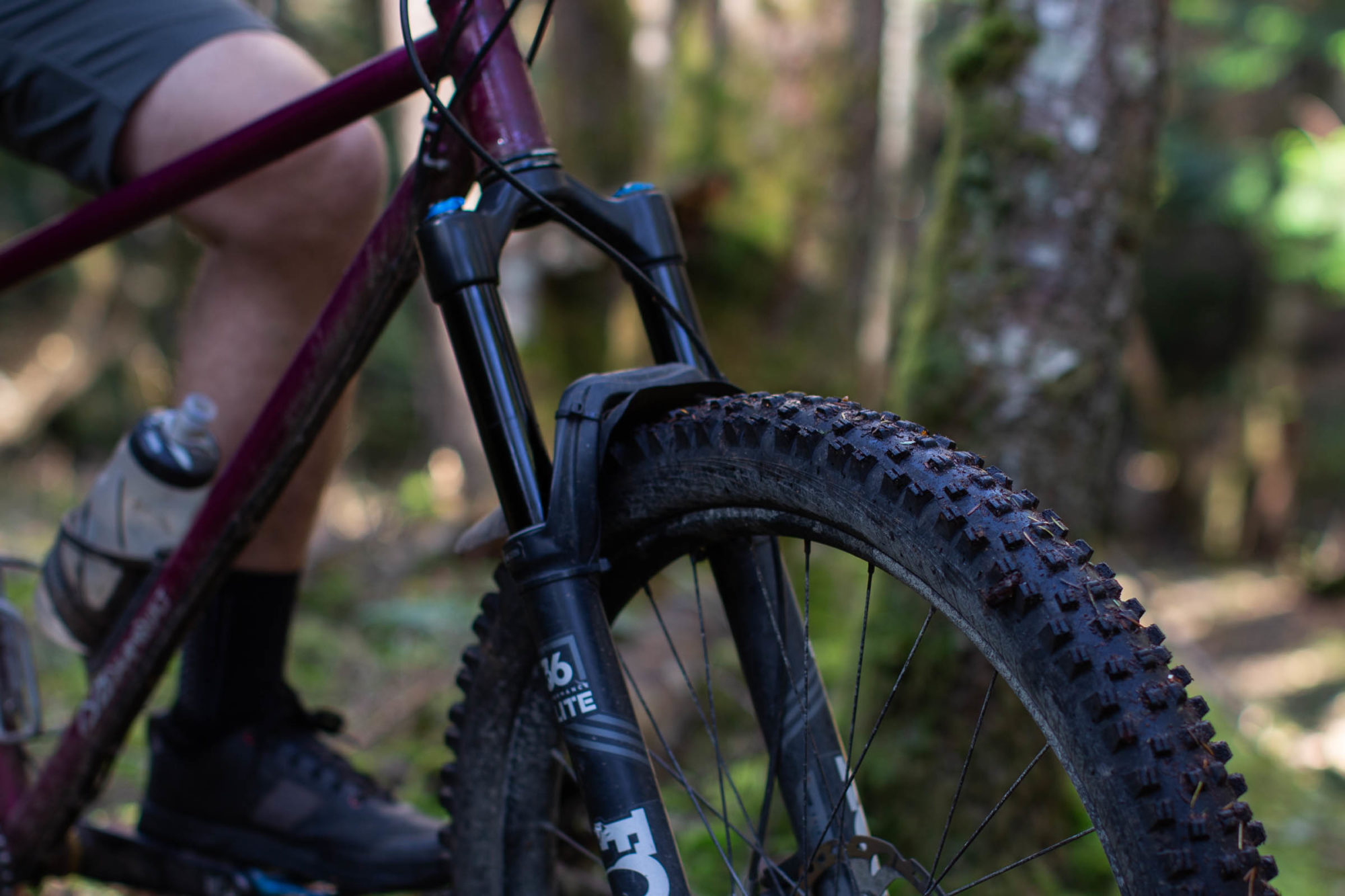
Performance, Durability, and the end of supple-life
In 2018, WTB added the 2.8” option to the Vigilante family, offering a wider format to the same revised tread pattern and rubber compounds used in the entire lineup. Both the 29” and 27.5 x 2.8” Vigilante use WTB’s TriTec Compound, which simply refers to three distinct rubber densities used throughout the tread. Softer compounds are used on the surface of the tread for grip, hard compounds throughout the base of the tread provide support, and a medium compound down the centerline of the tire provides a mix of rolling speed and grip.

The dual-ply casing found on the TCS Tough version I’ve been using makes a lot of sense for a plus-sized tire and for bikepacking more generally. The added support of a thick sidewall means running the lower pressures that make plus-sized tires so appealing isn’t lost, which is a common annoyance of riding aggressively on soft tires. A plus-sized tire without the structure of thicker sidewalls can be compared to a shock without dampening, performing more like a spring when running lower pressures, which isn’t what you want. The dual-ply TCS Tough sidewalls result in a consistent feel over a wider range of pressures and terrain, which can’t be said for other lightweight plus-sized tires I’ve used.
It’s for these same reasons that I think the plus-sized tire boom came and went so quickly. I have a sneaking suspicion that some of the early adopters disregarded the need for beefier sidewalls, and in turn had an awful experience riding big tires. Riding technical trails and singletrack on plus tires requires a sturdier sidewall. Period. Sure, they might be a bit heavier than their single-ply counterparts or skinner alternates, but you’re getting a lot more tire that has the ability to perform extremely well.
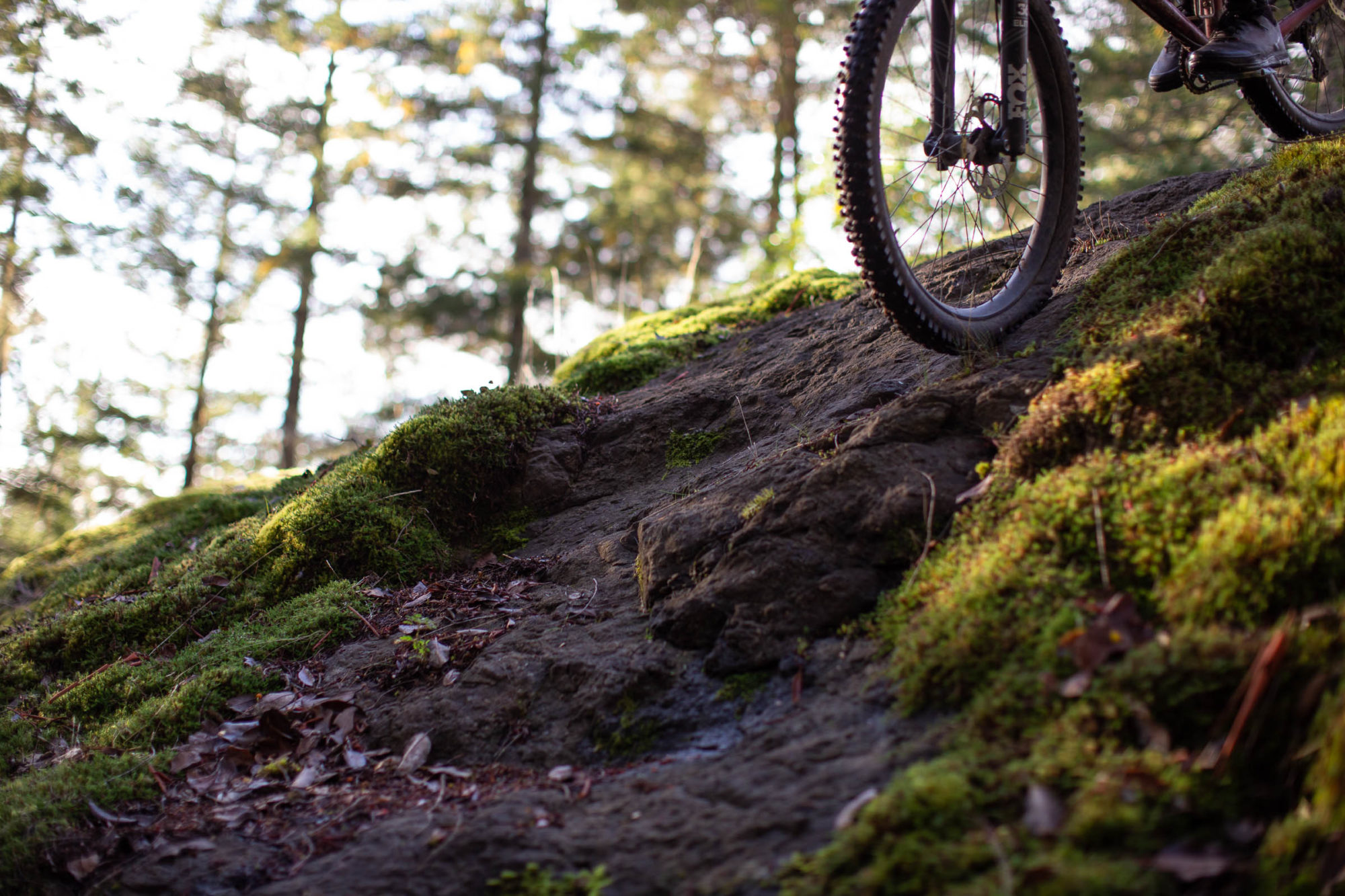
Bikepacking on the Vigilante
Now throw a loaded bike into the mix and the benefits of beefy sidewalls and aggressive tread are even more valuable. We all rave about how durable steel mountain bikes are and the life-changing stopping power of disc brakes, so why not pair them with some equally reliable tires? I’ve been riding recklessly on the Vigilantes over the last few months, failing to pick smooth lines, smashing off jagged rocks, and blindly riding new-to-me trails with the unjustified confidence of super grippy rubber.
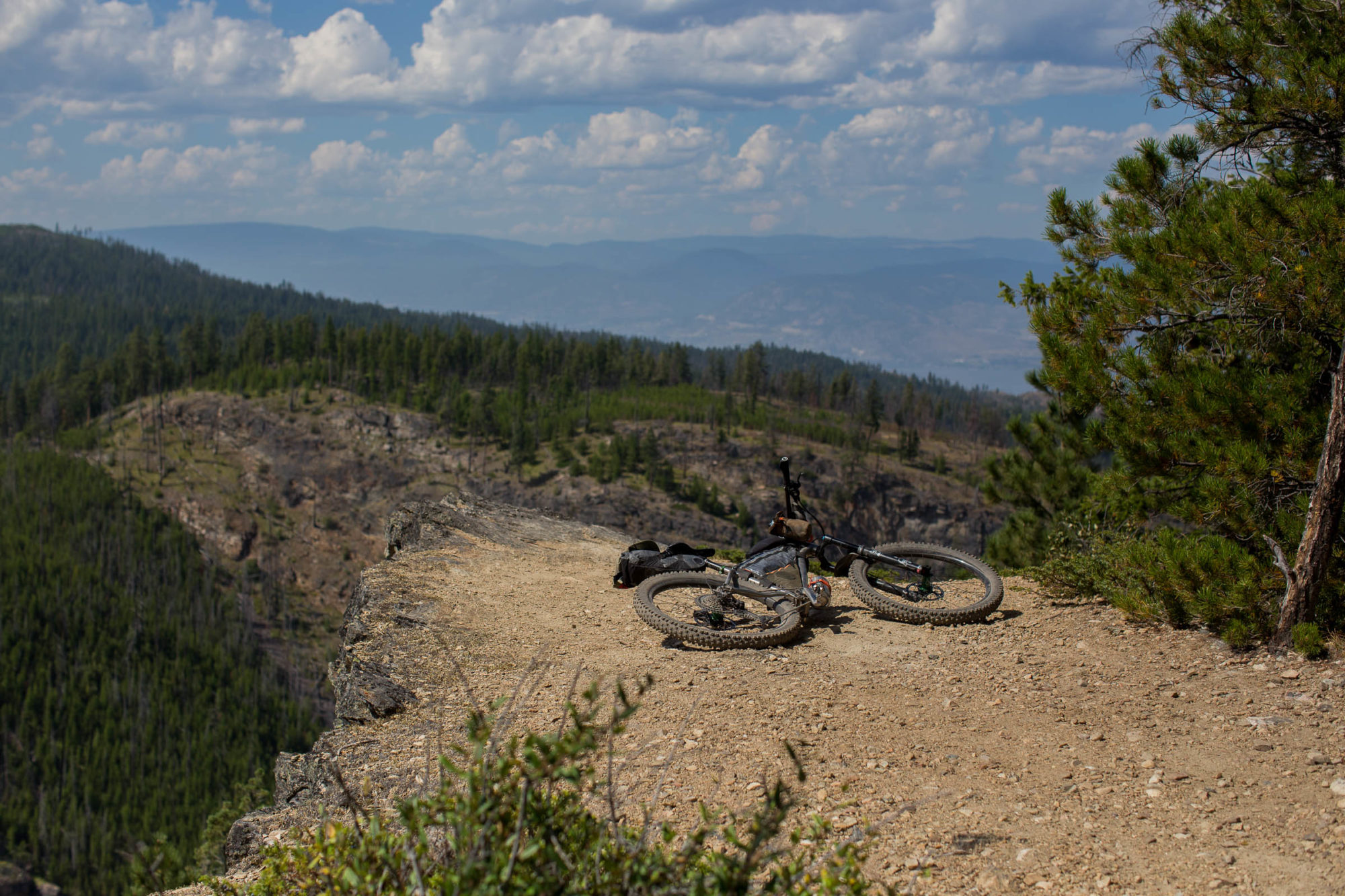
The best way to describe the WTB Vigilante is that they allow you to daydream while heading into loose corners, and somehow come out alive on the other side. I’ve only experienced this much grip from one other tire, Surly Dirt Wizards, which are another perfect tire for aggressive riders or those in need of a lot more grip. The lugs are evenly spaced and consistent, especially the transition from the centre tread to the side knobs. The profile isn’t particularly rounded, which I find also lends itself to a more predictable feel on the trail.
The downside? They are incredibly sluggish on the road. If your normal riding includes a lot of pavement or even gravel roads, a tire like the Vigilante likely shouldn’t be on your radar—especially in the 27.5″ format. With that said, once I make the jump to 29″ wheels on my Why S7, you won’t find me running lightweight or self-proclaimed supple tires, that’s for sure. Logan has also reported that when compared to other tires in their class–like the Maxxis DHF–they seem to have a little more deflection and don’t seem to hook up as quickly in the uneven, rocky/rooty terrain they have there in the Appalachian Mountains.
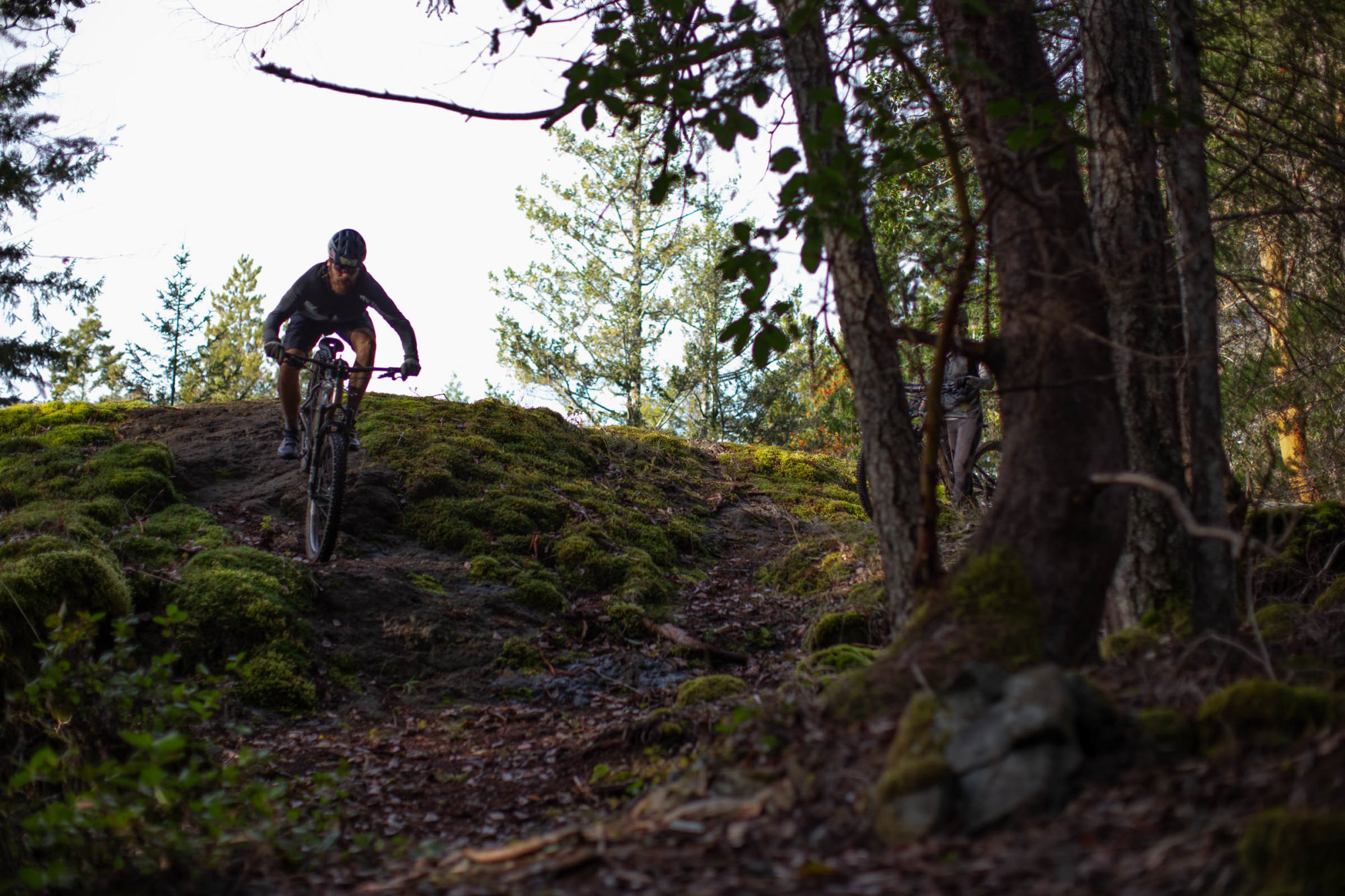
- Model Tested: WTB Vigilante 27.5 x 2.8″, TCS Tough / High Grip
- Weight: 1,209 grams
- Price: $80.95 USD
- Manufacturer’s Details: WTB.com
Pros
- Plenty of grip for technical riding in all conditions
- Incredibly durable and can handle some serious riding
- Reasonably priced
- Consistent feel while cornering
Cons
- Very slow on gravel and paved roads.
- Heavy. Can add some serious weight for those used to lightweight tires.
- Big knobs can sometimes deflect over uneven terrain.

Wrap Up
I’ve spent a lot of time this year riding singletrack throughout British Columbia. From the dry, loose conditions of the Okanagan to the wet chunk of the coast, I was grateful to have some extra aggressive and equally durable rubber underneath me. I figure the extra weight of the Tough / High Grip Vigilante is worth knowing my bike will handle predictably in nearly all conditions, and has so far saved me the hassle of any trailside repairs or maintenance besides the occasional tubeless sealant top up. I realize that a tire this aggressive won’t be for everyone, but I will suggest that plus-sized mountain bike tires perform much better with an extra beefy sidewall—and that’s something everyone can appreciate.
Please keep the conversation civil, constructive, and inclusive, or your comment will be removed.

We're independent
and member-supported.
Join the Bikepacking Collective to make our work possible:









